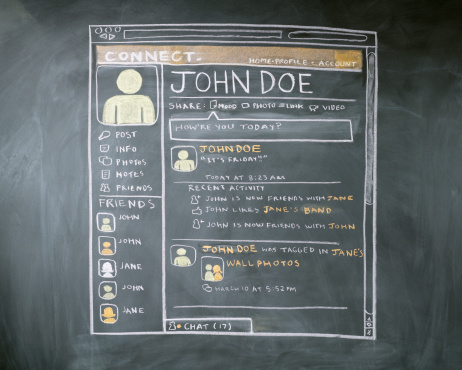Executive Summary
The appearance of collaboration tools such as blogs, wikis, social media, and video games has altered the way individuals and organizations relate to one another.[i] There is no longer any need to wait on professionals to share material and report on new developments. Today, people communicate directly in an unmediated and unfiltered manner.
These developments have lowered information costs and altered the dynamics of information dissemination. On some platforms, communications costs have dropped virtually to zero. No longer are communications one way or based on organizational hierarchies. Rather, organizational expression moves in many directions at once and interacts with a wide range of personnel involved in the process.[ii]
The emergence of new platforms has been particularly dramatic in classroom transmissions. As Stanford University communications professor Howard Rheingold notes, “Up until now, ‘technology’ has been an authority delivering the lecture which [students] memorized. If there is discussion, it’s mostly about performing for the teacher. Is it possible to make that more of a peer-to-peer activity? Blogs and forums and wikis enable that. So a lot of this is not new, but it’s easier to do [and] the barriers to participation are lower now.”[iii]
Alan Daly, at the University of California at San Diego, predicts that education innovation “will shift away from experts and capacity building to focus on networks. The budget crisis will continue indefinitely. We have to start thinking about the expertise that resides in the system, and we have to be connected in order to make use of it.”[iv] Daly believes education “is moving away from large-scale prescriptive approaches to more individualized, tailored, differentiated approaches.”
Yet despite the wealth of communications opportunities offered by these changes, their impact on learning and instruction is still not clear. How do these technologies affect students, teachers, parents, and administrators? Do they enable new approaches to learning and help students master substantive information? In what ways have schools incorporated electronic communications in the learning process and messages to external audiences?
[i]Jana Hrdinova and Natalie Helbig, “Designing Social Media Policy for Government,” Issues in Technology Innovation 4 Brookings, (January 2011).
[ii]Darrell West, Digital Schools: How Technology Can Transform Education, Brookings Institution Press, 2012.
[iii]Howard Rheingold, phone interview by author, July 22, 2011.
[iv]Alan Daly, phone interview by author, April 19, 2011.




